Contents
- Framing Repairs
- Assessing the Damage
- Demolition and Replacement
- Waterproofing and Sealing
- Resurfacing and Restoration
- Key Takeaways
- Waterproofing Techniques
- Choosing Suitable Materials
- Proper Cleaning and Maintenance
- 1. Inspect and Assess
- 2. Clean Thoroughly
- 3. Repair or Replace Damaged Areas
- 4. Waterproofing and Seal
- 5. Regular Maintenance
- Professional Inspection and Evaluation
- “
Contents
- Framing Repairs
- Assessing the Damage
- Demolition and Replacement
- Waterproofing and Sealing
- Resurfacing and Restoration
- Key Takeaways
- Waterproofing Techniques
- Choosing Suitable Materials
- Proper Cleaning and Maintenance
- 1. Inspect and Assess
- 2. Clean Thoroughly
- 3. Repair or Replace Damaged Areas
- 4. Waterproofing and Seal
- 5. Regular Maintenance
- Professional Inspection and Evaluation

When it comes to maintaining your balcony, it’s important to stay on top of repairs to ensure the long-term longevity of this outdoor space. A well-maintained balcony not only adds value to your property but also creates an inviting area to relax and entertain guests. To help you keep your balcony in great shape, we’ve compiled the top five tips for balcony repair.
1. Assess the condition: The first step in balcony repair is to assess the current condition of the structure. Look for any signs of damage such as cracked or stained wood, leaking or loose railings, and deteriorating concrete or tiles. This assessment will help you identify the areas that need immediate attention and determine the best repair methods.
2. Replace damaged boards: If you have wooden decking on your balcony and notice any damaged or rotting boards, it’s important to replace them as soon as possible. Damaged boards not only affect the aesthetics of your outdoor space but can also pose safety hazards. Choose sturdy, high-quality replacement boards that can withstand outdoor elements and properly seal them to prevent future issues.
3. Seal and stain the wood: As a preventive measure, it’s always a good idea to seal and stain wooden elements of your balcony. Properly sealed wood is less vulnerable to rot, termites, and water damage. Additionally, staining the wood can enhance its appearance and make your balcony look like new. Choose a high-quality wood sealant and stain that are specifically formulated for outdoor use.
4. Check and clean the drainage system: The drainage system is a crucial component of any balcony, as it prevents water from accumulating and damaging the structure. Make sure to frequently check the condition of the drainage system, including the drip edges, flashings, and gutters. Remove any debris that may clog the system and ensure that the slope of the balcony allows water to flow freely.
5. Hire a professional contractor: While some balcony repairs can be done by homeowners, more complex issues and full restoration projects are best left to professionals. A professional contractor will have the necessary expertise, tools, and materials to assess, repair, and restore your balcony to its best condition. They will also ensure that all repairs are up to code and meet safety regulations.
By following these top five tips for balcony repair, you can enhance the aesthetic appeal of your outdoor space, prevent costly repairs, and enjoy your balcony for years to come. Don’t wait for small issues to become major problems, take action and give your balcony the attention it needs!
Framing Repairs
When it comes to balcony repairs, one area that always needs attention is the framing. The wooden structure that supports your balcony is essential for its stability and safety. Over time, the wood can deteriorate due to weather, termites, and other factors. To ensure the longevity and structural integrity of your balcony, it’s important to address any framing issues.
Assessing the Damage
The first step in framing repairs is to assess the damage. Look for any signs of rot, decay, or termite infestation. Pay close attention to the posts, beams, and joists that support the balcony. If you notice any soft or spongy areas, it’s a clear indication that the wood needs to be replaced.
It’s also important to inspect the connections between the framing and the balcony surface. Loose or deteriorated connections can compromise the stability of the entire structure. Make sure to check for any signs of movement, such as sagging or shifting.
Demolition and Replacement
Once you’ve assessed the damage, the next step is to remove the damaged wood and replace it with new, high-quality lumber. This may involve demolition of the existing framing and walkway surface. It’s crucial to enlist the help of a professional contractor for this task to ensure proper removal and replacement.
When replacing the wood, consider using thicker lumber for added durability. Also, be sure to follow any legal guidelines and building codes that exist in your area.
Waterproofing and Sealing
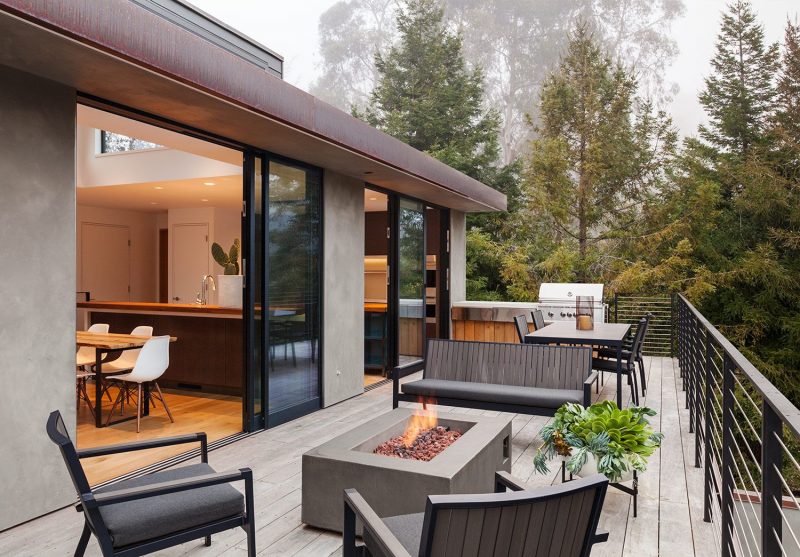
After the wood has been replaced, it’s important to take steps to protect it from future damage. Apply a high-quality waterproofing product to the newly installed wood. This will help prevent water penetration and deter rot and decay. Additionally, sealing any joints and connections will further enhance the longevity of the framing.
Resurfacing and Restoration
Once the framing repairs are complete, you can focus on resurfacing and restoring the balcony surface. There are various methods and coatings available to make the area look like new again. Consult with an expert or do thorough research to find the most suitable product and technique for your balcony’s needs.
Cleaning the surface is a crucial step before applying any coating or restoration product. Make sure to remove any dirt, debris, or loose material. A clean surface will ensure proper adhesion and a more durable finish.
Key Takeaways
- Always assess the framing for any damage or deterioration
- Demolish and replace the damaged wood with high-quality lumber
- Apply a waterproofing product and seal the joints and connections
- Resurface and restore the balcony surface with suitable coatings
- Clean the surface before applying any restoration product
By following these tips, balcony owners can create a better outdoor space that will last for years to come. Don’t neglect the framing repairs, as they are essential for the safety and stability of your balcony.
Waterproofing Techniques
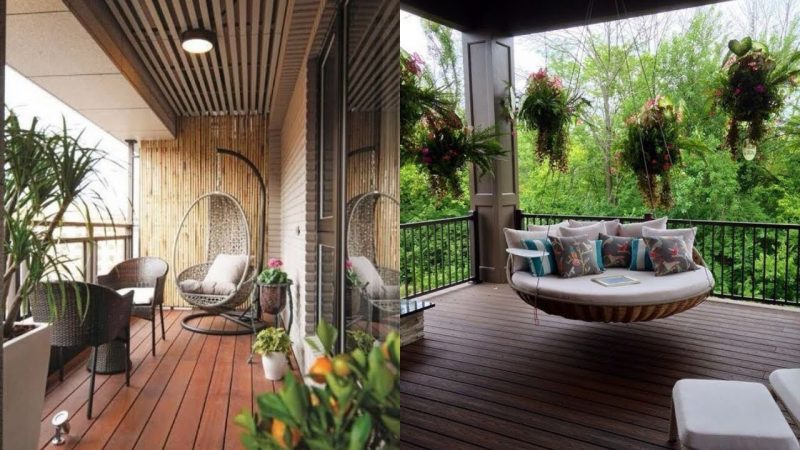
When it comes to balcony repair and maintenance, one of the most important aspects is waterproofing. Proper waterproofing techniques are essential for preventing water damage and keeping your outdoor space protected. Here are some tips on how to effectively waterproof your balcony:
- Inspect for any leaks: Before starting any waterproofing work, it’s crucial to identify and repair any existing leaks. Look for signs of water damage, such as stains or blistering paint, and check the integrity of the drains and seal around windows and doors.
- Clean and prepare the surface: Thoroughly clean the balcony surface, removing any dirt, debris, or loose material. If there are any damaged or worn boards, replace them before proceeding.
- Choose the right waterproofing product: There are different types of waterproofing products available, including membranes, coatings, and caulking. Depending on your balcony’s construction and the extent of protection needed, choose the product that best suits your requirements.
- Apply the waterproofing product: Follow the manufacturer’s instructions for applying the chosen product. This usually involves using a brush or roller to apply the product evenly. Pay close attention to areas prone to water penetration, such as joints, seams, and corners.
- Consider hiring a qualified contractor: If you don’t have the necessary skills or experience for balcony waterproofing, it’s best to hire a qualified contractor. They will have the expertise to ensure proper installation and a long-lasting waterproofing solution.
By following these waterproofing techniques, you can effectively protect your balcony from water damage and improve its overall longevity. Remember, proper waterproofing is crucial to keeping your outdoor space looking like new and preventing costly repairs in the future.
Choosing Suitable Materials
When it comes to repairing your balcony, choosing the right materials is crucial for ensuring long-lasting results. Here are some key factors to consider:
- Assessing the damage: Before applying any patches or repairs, assess the extent of the damage to your balcony. Are there major cracks or leaks? Is the structure sturdy and well-maintained?
- Consulting experts: It’s always a good idea to consult with professionals who have experience in balcony repairs. They can help you determine the best materials and methods suitable for your specific situation.
- Considering the existing materials: Take into account the current materials used in your balcony, such as wood, tile, or concrete. Each material may require different repair techniques and materials.
- Waterproofing and drainage: Ensuring that your balcony is watertight is vital to preventing future damage. Look for materials that provide excellent waterproofing properties and have proper drainage systems in place.
- The cost factor: Choose materials that fit within your budget. The cost of materials can vary widely, so it’s essential to weigh the pros and cons of each option.
Depending on the nature of your repairs, the following materials and techniques may be required:
- Sealant and membrane: If your balcony is experiencing leaks, applying a watertight sealant and exterior membrane can help protect the surface from water intrusion.
- Patches and spacers: Patches and spacers can be used to fill in any cracks or gaps in the balcony’s surface, providing a smooth and uniform finish.
- Tile installation: If you have a tiled balcony, carefully remove any damaged tiles and replace them with new ones. Pay attention to proper installation techniques to ensure the tiles adhere securely.
- Wooden structures: If your balcony has wooden posts or railing, inspect them for signs of rot or damage. Replace any compromised pieces to maintain the structural integrity.
- Cantilevered decks: For balconies with cantilevered decks, proper assessment and reinforcement may be required to ensure they can flex and withstand external forces.
Remember, balcony repairs can be complex and costly, so it’s important to seek professional advice and expertise whenever needed. By choosing suitable materials and following proper repair methods, you can transform your outdoor space and enjoy a safe and beautiful balcony for years to come.
Proper Cleaning and Maintenance
In order to protect your balcony and keep it looking like new, it is important to know how to properly clean and maintain it. Balconies are vulnerable to the elements and can easily become worn or damaged if not properly cared for. Here are some tips to help you assess the condition of your balcony and keep it in good shape:
1. Inspect and Assess
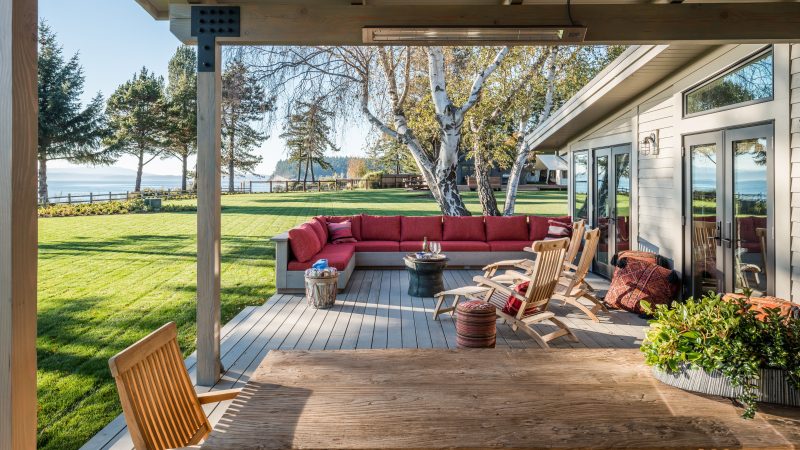
- Regularly inspect your balcony for any signs of damage or wear. Look for cracks in the concrete or tiles, rotting wood, loose posts or railings, and any other structural issues.
- If you notice any problems, contact a professional contractor to assess the extent of the damage and determine the best course of action.
2. Clean Thoroughly
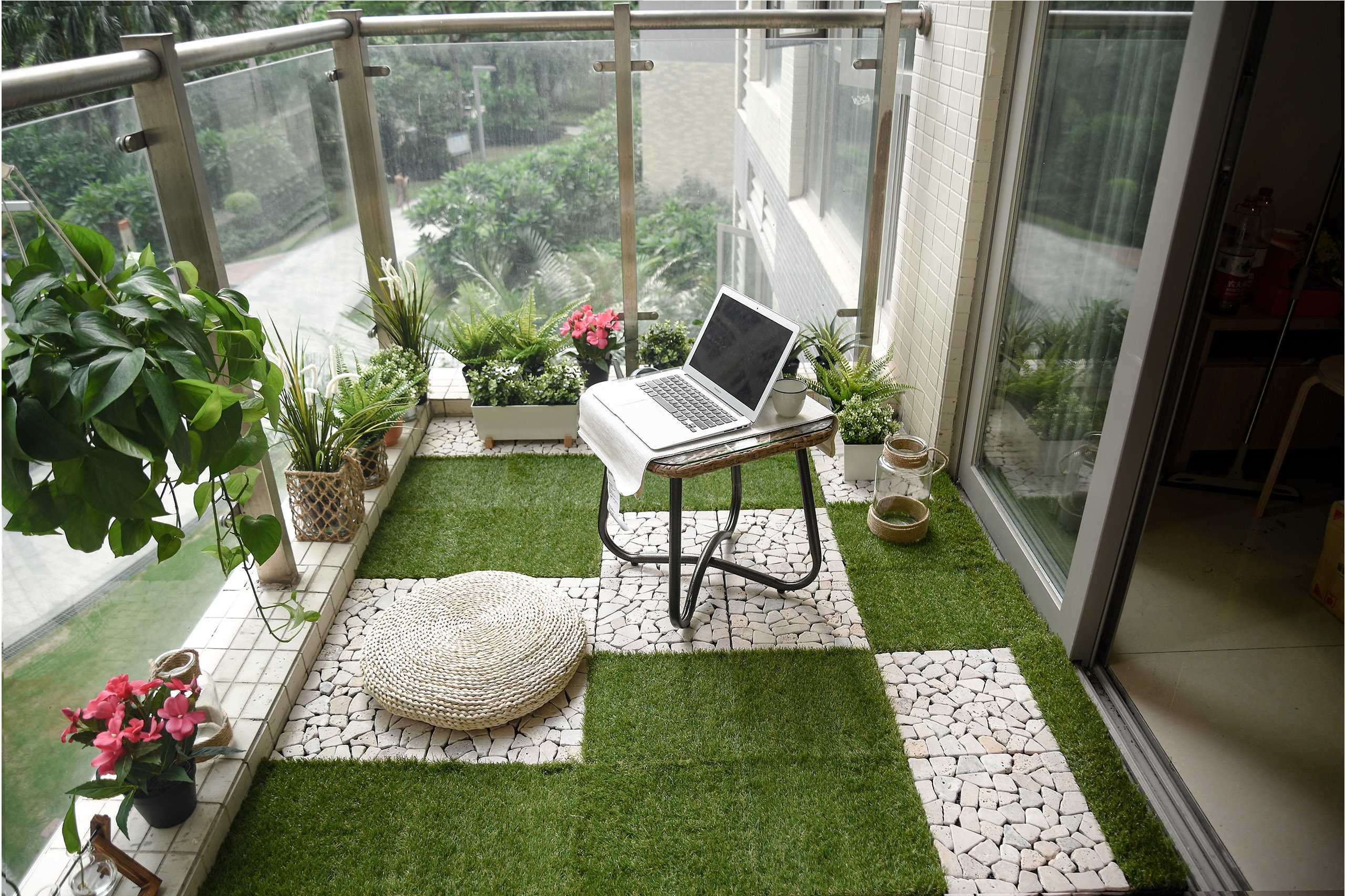
- Before having any repairs or resurfacing done, make sure to clean your balcony thoroughly to remove any dirt, debris, or stains.
- Sweep the floor and remove any loose particles. Use a suitable cleaner and a stiff brush or pressure washer to clean the surface of the balcony. Pay special attention to areas with grout or staining.
3. Repair or Replace Damaged Areas
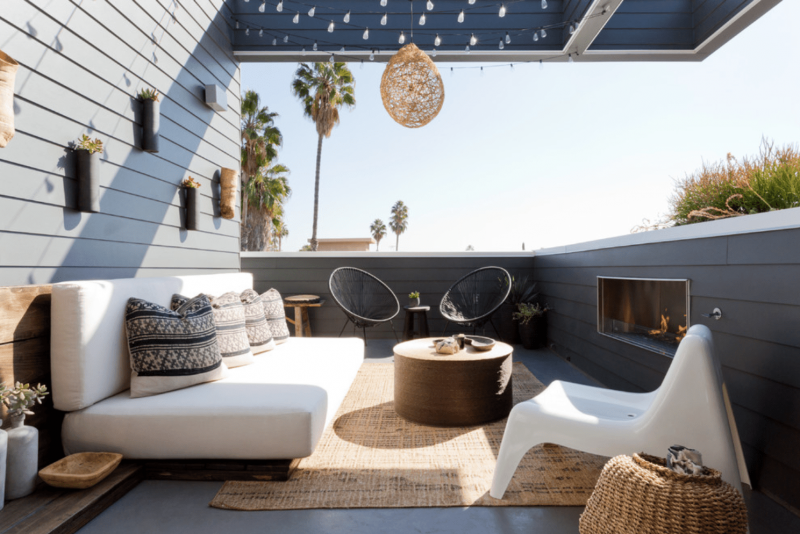
- If you have worn or damaged tiles, consider replacing them. If the balcony’s exterior walls have cracks or patches of rotten wood, these should be repaired as well.
- Hire a professional contractor to handle these repairs and replacements, as they will have the expertise and experience to do the job properly.
4. Waterproofing and Seal
- Waterproofing is crucial to prevent leaks and future damage to your balcony. Apply a waterproofing membrane to the surface of the balcony, making sure to seal all edges and corners.
- If you have a deck above your balcony, make sure the drainage is working properly to prevent water from dripping onto the balcony.
5. Regular Maintenance
- Maintain your balcony regularly to keep it in the best condition possible. This includes cleaning it frequently, inspecting for any new damage or wear, and addressing any issues promptly.
- Consider applying a fresh coat of stain or paint to improve the appearance and provide additional protection.
By following these tips, you can better protect your balcony from the elements, ensure its longevity, and maintain its aesthetic appeal. Whether you’re advertising a table for sale or simply looking to enjoy your outdoor space, a sturdy and well-maintained balcony is key.
Professional Inspection and Evaluation
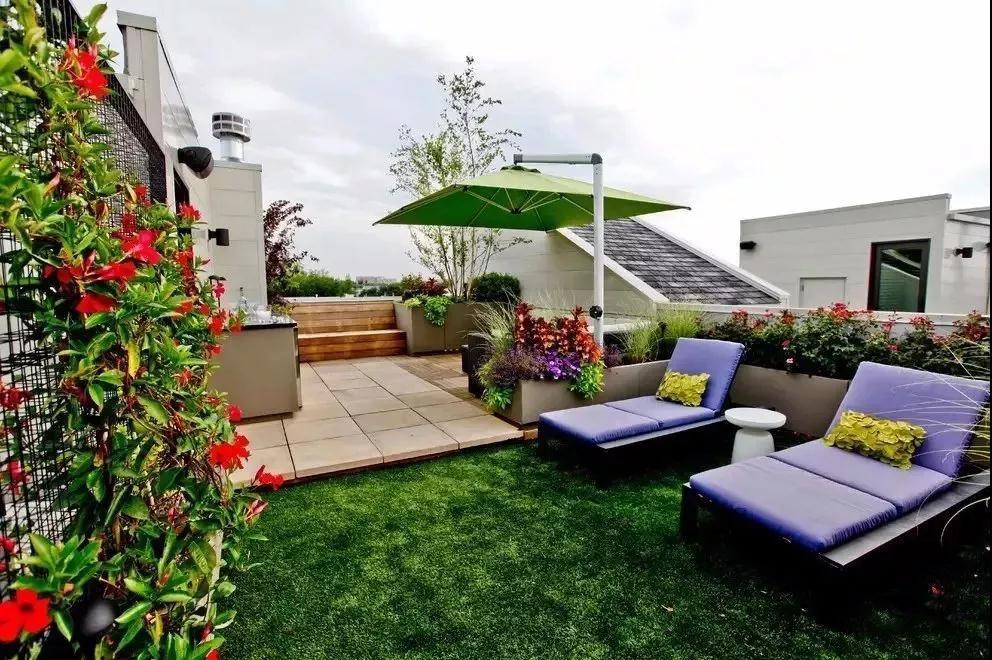
Before starting any balcony repair work, it is essential to have a professional inspection and evaluation of the structure. A thorough examination will help identify any underlying issues and determine the appropriate repair methods.
The inspection should include a detailed assessment of the balcony’s surface, checking for any signs of wear, rot, or damage. If the balcony has any visible cracks or holes, they will require patching before proceeding with other repairs.
In addition to the surface, the structural integrity of the balcony must be evaluated. This includes examining the cantilevered supports, checking for any signs of weakening or failure. Drainage systems should also be inspected to ensure that they are properly installed and maintained, preventing leaks and water damage.
Professional inspectors have the expertise and knowledge to assess the balcony’s condition, identify potential problems, and provide recommendations for the best course of action. They are familiar with building codes and regulations, ensuring that any repairs or replacements are done legally and comply with safety standards.
When choosing professionals for the inspection, consider their experience and reputation in the industry. Look for certifications and qualifications that demonstrate their expertise in balcony repair. Reading reviews and seeking recommendations from trusted sources can also help in selecting the right professionals for the job.
Having a professional inspection and evaluation is the first step towards restoring your balcony to its former glory. By addressing any structural issues, patching cracks, and applying suitable sealant or membrane, you’ll be able to enjoy a sturdy and safe outdoor space for years to come.
“
What are the most common types of tiles for balcony repair?
The most common types of tiles for balcony repair are ceramic tiles, porcelain tiles, and natural stone tiles.
What factors should I consider when choosing tiles for my balcony?
When choosing tiles for your balcony, you should consider the durability of the tiles, their slip resistance, their ability to withstand weather conditions, and their aesthetic appeal.
Can I use regular indoor tiles for my balcony?
While it is possible to use regular indoor tiles for your balcony, it is recommended to use tiles that are specifically designed for outdoor use. Outdoor tiles are more durable and able to withstand weather conditions.
What is the average cost of balcony tile installation?
The cost of balcony tile installation can vary depending on factors such as the size of the balcony, the type of tiles chosen, and the complexity of the installation. On average, the cost can range from $5 to $15 per square foot.


 Enhance Your Home’s Appeal and Functionality with Sliding Glass Balconies
Enhance Your Home’s Appeal and Functionality with Sliding Glass Balconies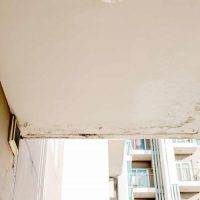 Complete Step-by-Step DIY Guide for Repairing a Leaking Balcony
Complete Step-by-Step DIY Guide for Repairing a Leaking Balcony Step-by-Step Guide – How to Replace Broken Glass in a Patio Door
Step-by-Step Guide – How to Replace Broken Glass in a Patio Door